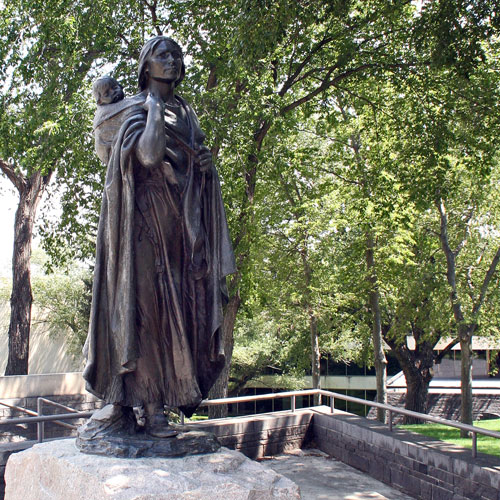Note
The Shoshone-Hidatsa Indian woman who served as the expedition’s interpreter among the Shoshone appears to have taken on a Hidatsa name by the time Lewis and Clark met her in 1804. The editors of this edition believe that Meriwether Lewis was correct on May 20, 1805, when he noted that the name which he spelled as “Sâh-câ-gar-´me-âh,” [NB: Sah ca gah we a] translates as Bird Woman. Sacagawea, Sakakawea, and Tsakaka-wea are all attempts to Anglicize a pair of Hidatsa words. Although Sacagawea is now widely accepted as the national orthodox spelling of her name, North Dakota state agencies and the Three Affiliated Tribes have for decades employed the spelling Sakakawea, based upon the Anglicization of bird-woman in the Ethnography and Philology of the Hidatsa Indians, published by the Government Printing Office, Washington, D.C., 1877. This edition adopts the spelling Sakakawea out of respect for the Mandan and Hidatsa people, and respect for the traditions of North Dakota history. The important point is that both Sakakawea and Sacagawea are imperfect approximations of the Hidatsa name Bird Woman.




